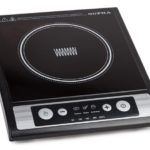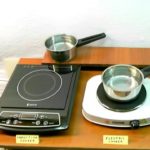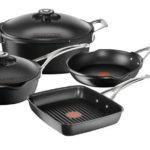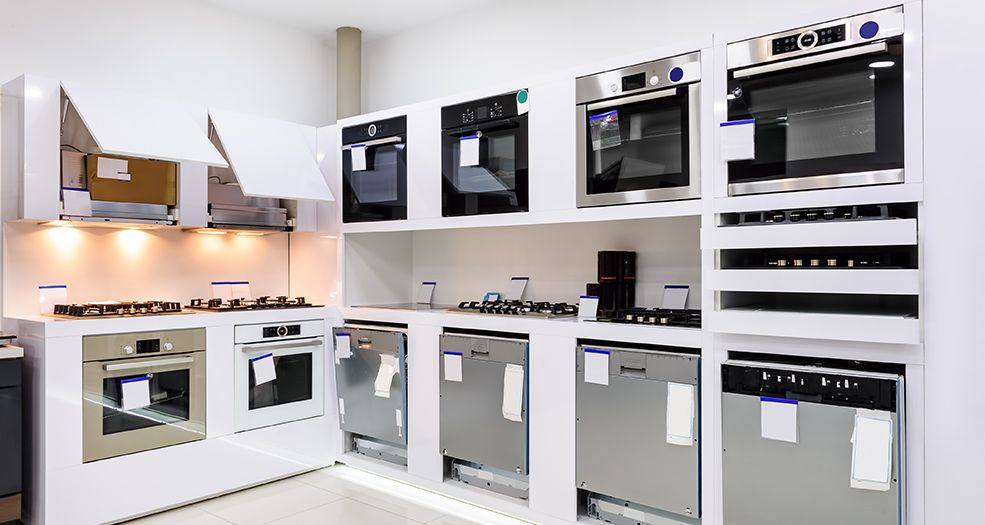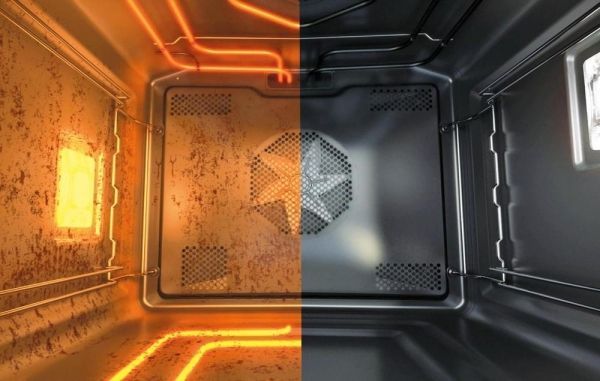The difference between an induction hob and an electric one
Most housewives want to have a modern, multifunctional and convenient hob in their kitchen. And in the modern world, home appliance manufacturers offer two options for lovers of preparing culinary masterpieces: induction and electric. But which one should you prefer? We will try to answer this question below, talking about the differences, as well as the advantages and disadvantages of both models.
The content of the article
What is the difference between induction and electric surfaces?
Let's take a closer look at each of the panels being compared to determine the differences, advantages and disadvantages of each.
Electrical panel
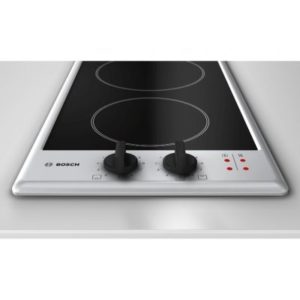 In these models, heating elements are heated under the influence of electric current. After the surface is heated, the components begin to give off heat to the cookware installed on the hob.
In these models, heating elements are heated under the influence of electric current. After the surface is heated, the components begin to give off heat to the cookware installed on the hob.
During operation, electrical panels will be virtually silent and do not emit combustion products. They are easy to use, and the controls will be clear on an intuitive level, and are unlikely to cause difficulties even for novice housewives.
 In addition, the wide variety of models is amazing, so the consumer will be able to choose not only the functionality he needs, but also the appropriate color. The cost of this technology can be called affordable.
In addition, the wide variety of models is amazing, so the consumer will be able to choose not only the functionality he needs, but also the appropriate color. The cost of this technology can be called affordable.
But there are also certain disadvantages, which include:
- high energy consumption;
- The stove itself gets very hot (up to 400 degrees), which is why you can get burned if you act carelessly during the cooking process;
- It takes 4 to 5 minutes to reach the desired heat level, and the water in a small saucepan takes 10 to 12 minutes to boil.
Induction cooker
The operating principle of these models is radically different from their predecessor. The cooker has a built-in coil through which alternating current is circulated. As a result, a magnetic field is created with the subsequent formation of currents that affect the dishes placed on the surface. The latter must meet certain criteria, namely have a ferromagnetic bottom.
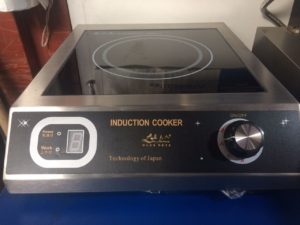 In addition to the above, induction panels are characterized by minimal energy consumption, since the burners heat up to only 60 degrees. And when the dishes are heated, the panel stops heating.
In addition to the above, induction panels are characterized by minimal energy consumption, since the burners heat up to only 60 degrees. And when the dishes are heated, the panel stops heating.
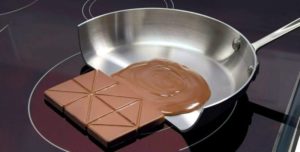 Also, using the presented option will be safe, and the likelihood of getting burns during the cooking process is reduced to zero. This is due to the fact that the panel does not heat up and also does not start working until the cookware occupies more than 70% of the burner area. In other words, a knife dropped onto the panel will not lead to unintentional activation.
Also, using the presented option will be safe, and the likelihood of getting burns during the cooking process is reduced to zero. This is due to the fact that the panel does not heat up and also does not start working until the cookware occupies more than 70% of the burner area. In other words, a knife dropped onto the panel will not lead to unintentional activation.
You will also be pleased with the wide functionality. The controls will be quite simple, and the user will be able to activate many cooking modes. When there is an empty pan on the panel, it will not work, and will also turn off automatically when the water in the pan boils away.
The food heats up fairly quickly.The dishes placed on the stove heat up in no more than 1 minute, and a small pan of water will boil within 2-3 minutes.
There are also several disadvantages, namely:
- high noise level in the active state (produced by the cooling fan);
- high price;
- the need to purchase special dishes;
- When cooking, you will need to remove watches and other jewelry so that they do not become magnetic.
Conclusion
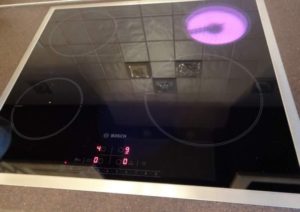 Induction panels are advanced models, when using which certain rules must be followed. But their electric counterparts are more common among users, and are pleasingly affordable. In view of the above, most consumers prefer the second option. But in any case, the choice will depend entirely on you, and we hope that the information presented above will only simplify the purchasing process for you. Happy shopping!
Induction panels are advanced models, when using which certain rules must be followed. But their electric counterparts are more common among users, and are pleasingly affordable. In view of the above, most consumers prefer the second option. But in any case, the choice will depend entirely on you, and we hope that the information presented above will only simplify the purchasing process for you. Happy shopping!

